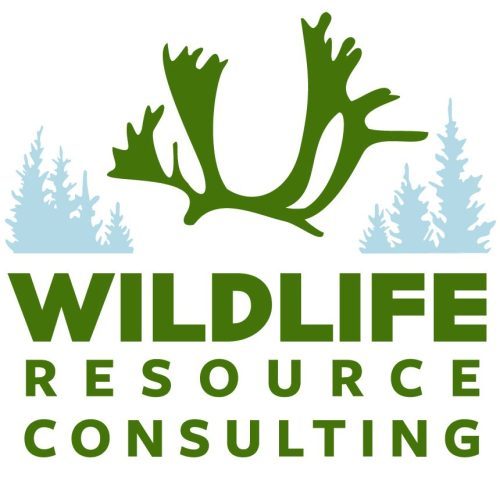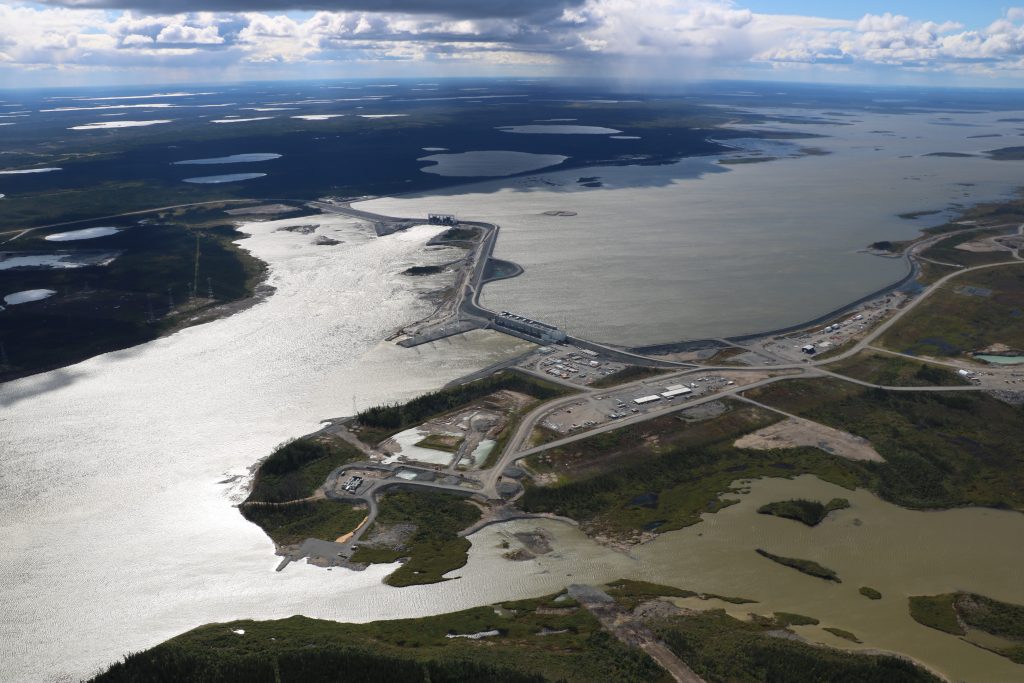
Keeyask Hydro Electric Generation Station EIA and Environmental Monitoring
Manitoba Hydro’s proposed Keeyask hydroelectric generation station required several studies that have focused on the potential impacts of the project on the local and regional environment. In addition to conducting aerial surveys for moose and caribou, ground tracking transect surveys, small mammal population surveys, and rare species habitat surveys , WRCS performed baseline mercury assessments for aquatic furbearers within the area. As with all multi-disciplinary projects, WRCS worked closely with a team of environmental professionals in order to complete the necessary studies required for the project.
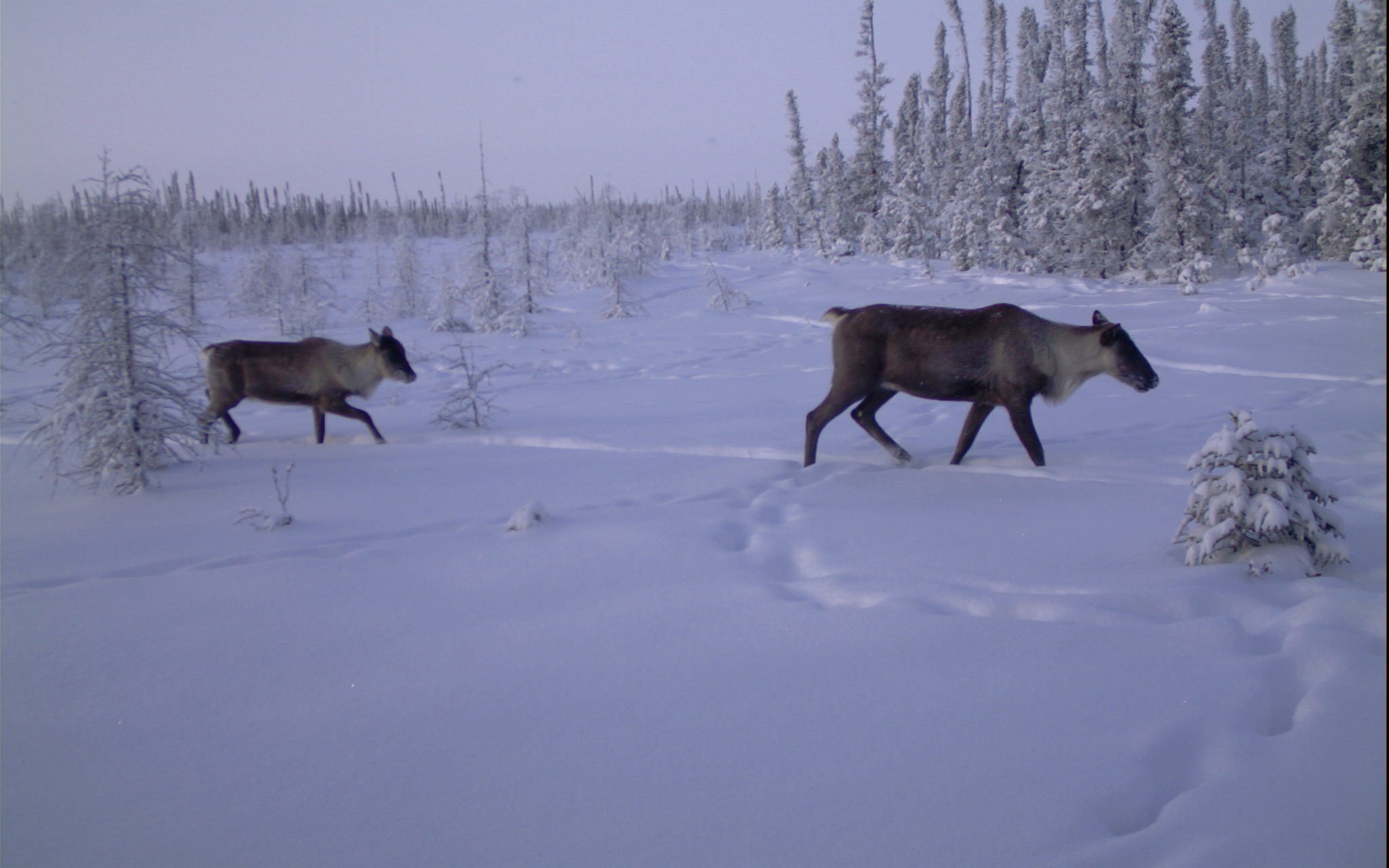
Conawapa Generation Station EIA
Wildlife Resource Consulting Services’ (WRCS) involvement in the environmental impact assessment for the long proposed Conawapa hydroelectric generating station along the Nelson River in Manitoba began in 2004. WRCS’s expertise was called upon to perform wildlife inventories and habitat along shorelines, and upland habitat, in areas that may be affected by infrastructure like roadways, right of ways, and transmission lines.
Through the use of traditional ecological knowledge, ground tracking, and motion sensing cameras population inventories and relative abundance were compiled for the region. These data were to assist in understanding and mitigating potential project impacts. Additionally, the collection of baseline data will help with long-term monitoring activities.
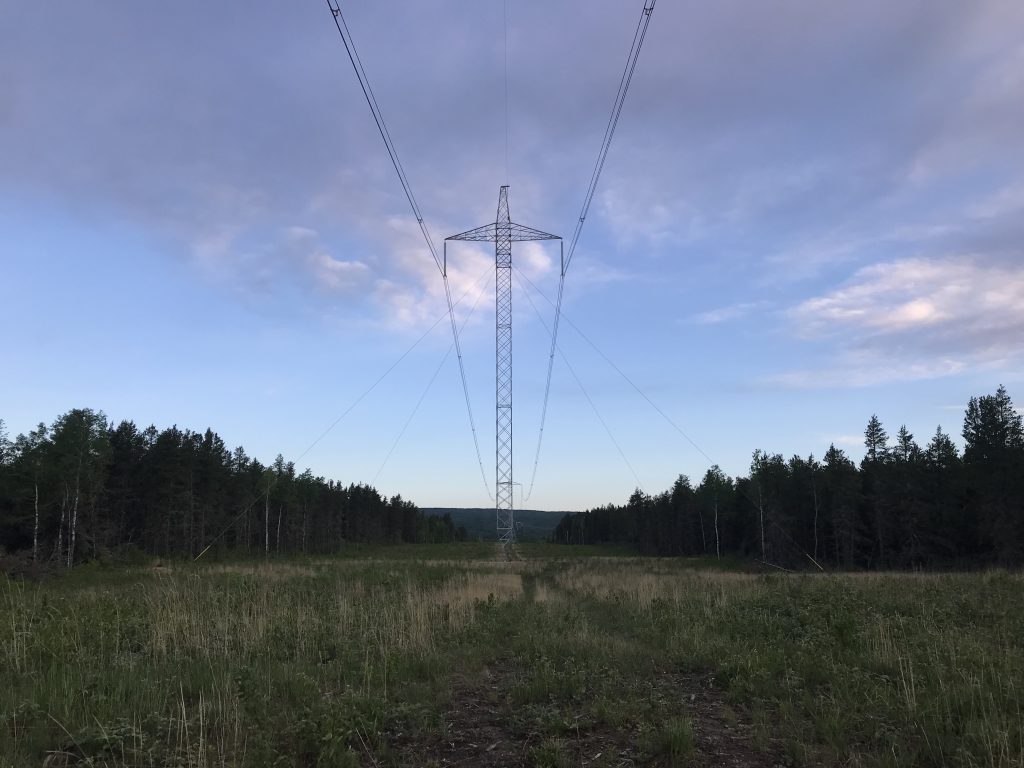
Bipole III Environmental Site Selection Assessment and Environmental Monitoring
WRCS was responsible for the site selection and environmental assessment of the Bipole III lines as well as environmental monitoring activities post constructions. Research activities were focused around avian and mammal populations along and adjacent to the BPIII line, while monitoring activities were focused on breeding bird populations as well as bird collisions.
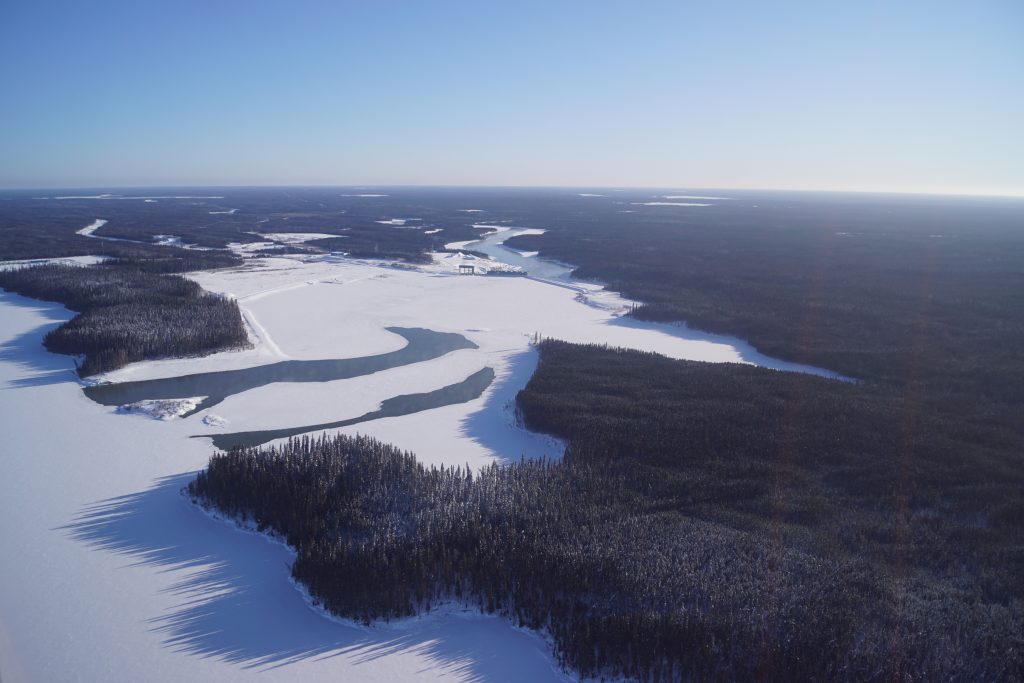
Wuskwatim Generation Station and Transmission Line EIA and Environmental Monitoring
The ongoing hydroelectric generating station and construction of a transmission line through Northern Manitoba posed several challenges including the potential effects on the sensitive and protected woodland caribou. WRCS was tasked with determining whether the proposed transmission line would travel through important caribou calving habitat.
Initially using radio collars and thorough ground tracking techniques and with the development of caribou calving habitat models, likely calving areas were mapped. These results were then used to minimize and mitigate negative impacts to the local caribou population.
Monitoring activities included additional field investigations using sign inventories, aerial surveys, and motion sensing cameras to monitor moose / caribou / wolf interactions within the newly created corridor.
